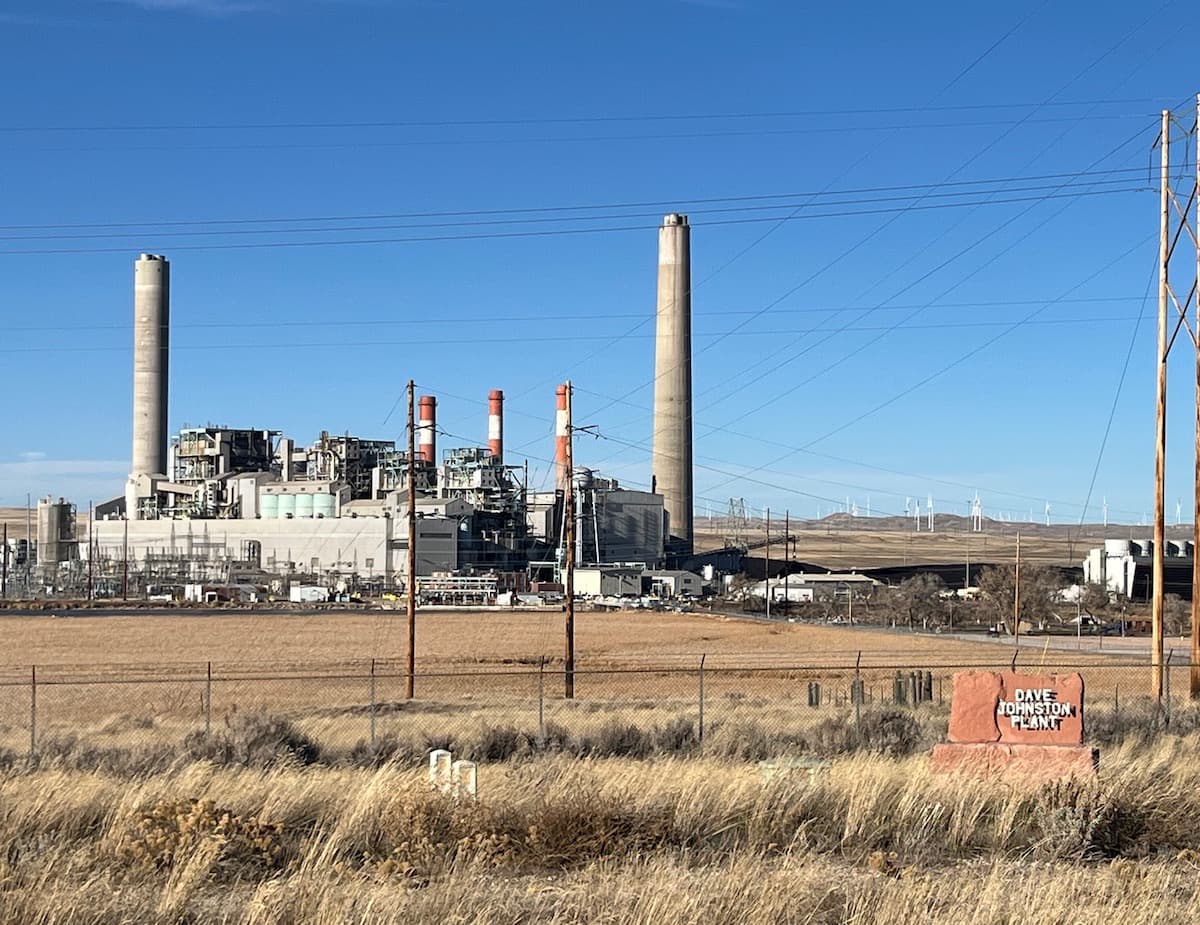Regional Transmission Failures Cut Power Across Wyoming and Beyond
A two day regional outage on November 13 and 14 left tens of thousands of Wyoming customers without electricity after two 500 kilovolt transmission lines near Medicine Bow tripped, producing unstable voltages and cascading disruptions. The event disrupted utilities including Rocky Mountain Power and Powder River Energy, forced some communities to alter critical services, and raised fresh questions about transmission reliability and local emergency preparedness.

On November 13 and 14 a regional power disruption traced to two tripped 500 kilovolt transmission lines near Medicine Bow knocked out electricity for tens of thousands of Wyoming customers and produced ripple effects into neighboring states. The initial transmission trips created unstable voltages that in turn caused multiple utility systems to trip, producing rolling or extended outages for utilities such as Rocky Mountain Power and Powder River Energy. Reporting indicates that as many as 95,000 customers statewide experienced interruptions or reduced service during the incident.
Communities across the state felt the impact. WyoFile described disruptions in Gillette and Casper among other towns, and noted that some critical facilities and public services closed early or altered operations while power was uncertain. Authorities and utilities warned residents that electricity could remain unstable while crews worked to stabilize and restore the grid, and emergency guidance emphasized safety for people who rely on powered medical devices as well as caution around downed lines and generator use.
The outage also coincided with a fire at the Dave Johnston coal plant near Glenrock. Investigators treated the plant fire as a consequence of the outage rather than its cause, according to official statements. The sequence underscores how a transmission event can cascade into generation and plant level problems, complicating restoration efforts and heightening risks for communities that host large generation assets.
For Albany County residents the incident is a reminder of the practical vulnerabilities of a tightly interconnected grid. Even if local service was not widely interrupted here, the episode shows how disturbances hundreds of miles away can translate into rolling outages or precautionary service changes closer to home. Local hospitals, clinics, and residents who use home medical equipment should review contingency plans, confirm access to backup power options, and follow official guidance on reporting downed lines and using portable generators safely.
From a policy perspective the event highlights several longer term issues. Transmission infrastructure operating at high voltage levels is essential for moving bulk power across the Western interconnection, and the tripping of two 500 kilovolt lines produced widespread instability. That pattern mirrors broader national concerns about aging infrastructure, the need for redundancy, and the challenge of maintaining grid stability as the generation mix changes. For local and state officials, the priority will be accelerating investments in grid resilience, improving coordination across utilities, and strengthening emergency response plans to limit economic and public safety impacts from future events.
In the near term crews focused on stabilizing the grid and restoring service while officials continued to urge caution for vulnerable residents. The incident will likely prompt renewed scrutiny of transmission maintenance practices and emergency readiness throughout Wyoming and for the utilities that serve Albany County and neighboring communities.


